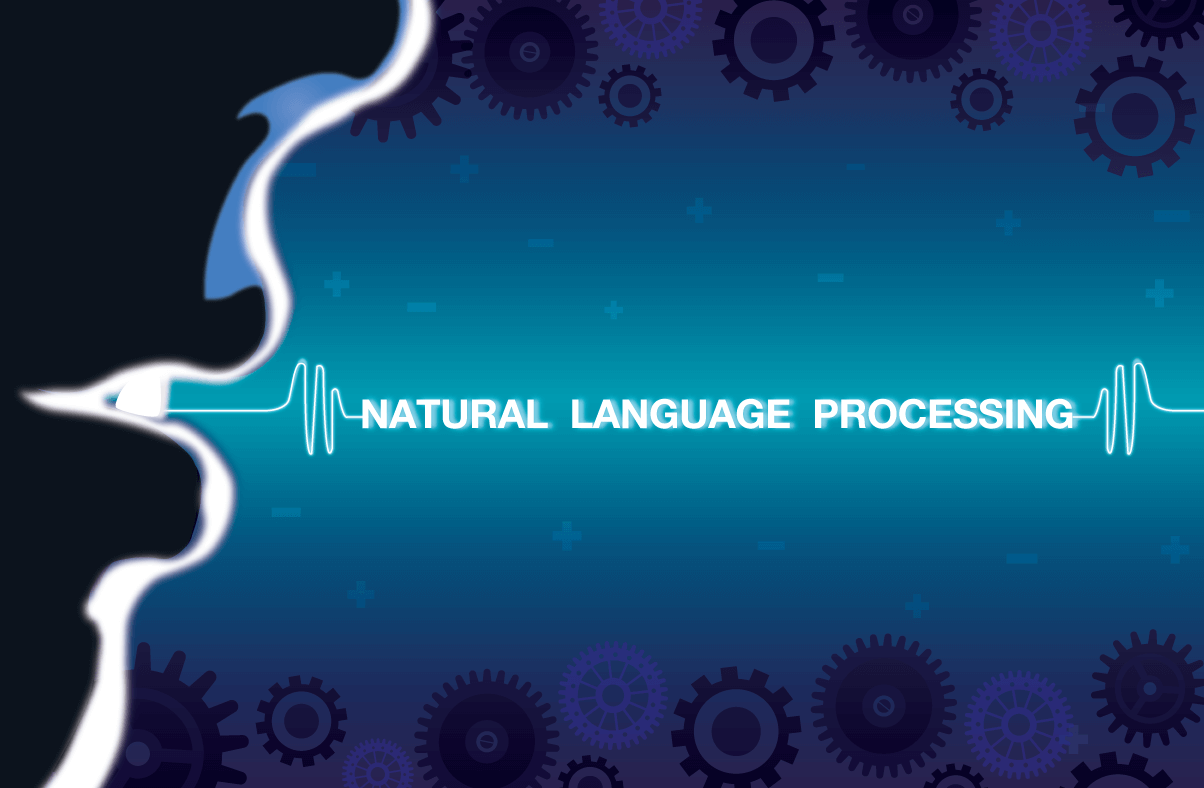Natural Language Processing (NLP)

Natural Language Processing, usually shortened as NLP, is a branch of artificial intelligence that deals with the interaction between computers and humans using the natural language. It is the technology used to aid computers to read, decipher, understand, and make sense of the human languages in a manner that is valuable. It’s not an easy task for teaching machines to understand how we communicate.

Natural Language Processing is the driving factor behind the following common applications:
- Language translation applications such as Google Translate Word Processors such as Microsoft Word and Grammarly that employ NLP to check the grammatical accuracy of the texts.
- Interactive Voice Response (IVR) applications used in call centers to respond to certain users’ requests.
- Personal assistant applications such as OK Google, Siri, Cortana, and Alexa.
The techniques used in NLP are described below:
Syntax
Syntax refers to the arrangement of words in a sentence such that they are grammatically correct. In NLP, syntactic analysis is used to assess how the natural language aligns with the grammatical rules. Computer algorithms can be used to apply grammatical rules to a group of words and derive meaning from them.
The below-mentioned syntax techniques that can be used:
- Lemmatization: It involves reducing the various inflected forms of a word into a single form for easy analysis.
- Morphological segmentation: It entails dividing words into individual units called morphemes.
- Word segmentation: It refers to dividing a large piece of continuous text into distinct units.
- Part-of-speech tagging: It caters to identifying the part of speech for every word.
- Parsing: It involves undertaking a grammatical analysis of the given sentence.
- Sentence breaking: It entails placing sentence boundaries on a large piece of text.
- Stemming: It involves cutting the inflected words to their root form.
Semantics
Semantics refers to the meaning that is conveyed by a text. Semantic analysis is one of the difficult aspects of Natural Language Processing(NLP) that has not been fully resolved yet. It involves applying computer algorithms to understand the meaning and interpretation of words and how sentences are structured.
Here are some techniques in semantic analysis:
- Named entity recognition (NER): It involves determining the parts of the text that can be identified and categorized into preset groups. Examples of such groups include the names of people and names of places.
- Word sense disambiguation: It involves giving meaning to the word based on the context.
- Natural language generation: It involves using databases to derive semantic intentions and to convert them into human language.
Natural Language Processing plays a crucial role in supporting machine-human interactions. As more research is being carried in this field, we expect to see more breakthroughs that will probably make machines smarter at recognizing and understanding the human language.

